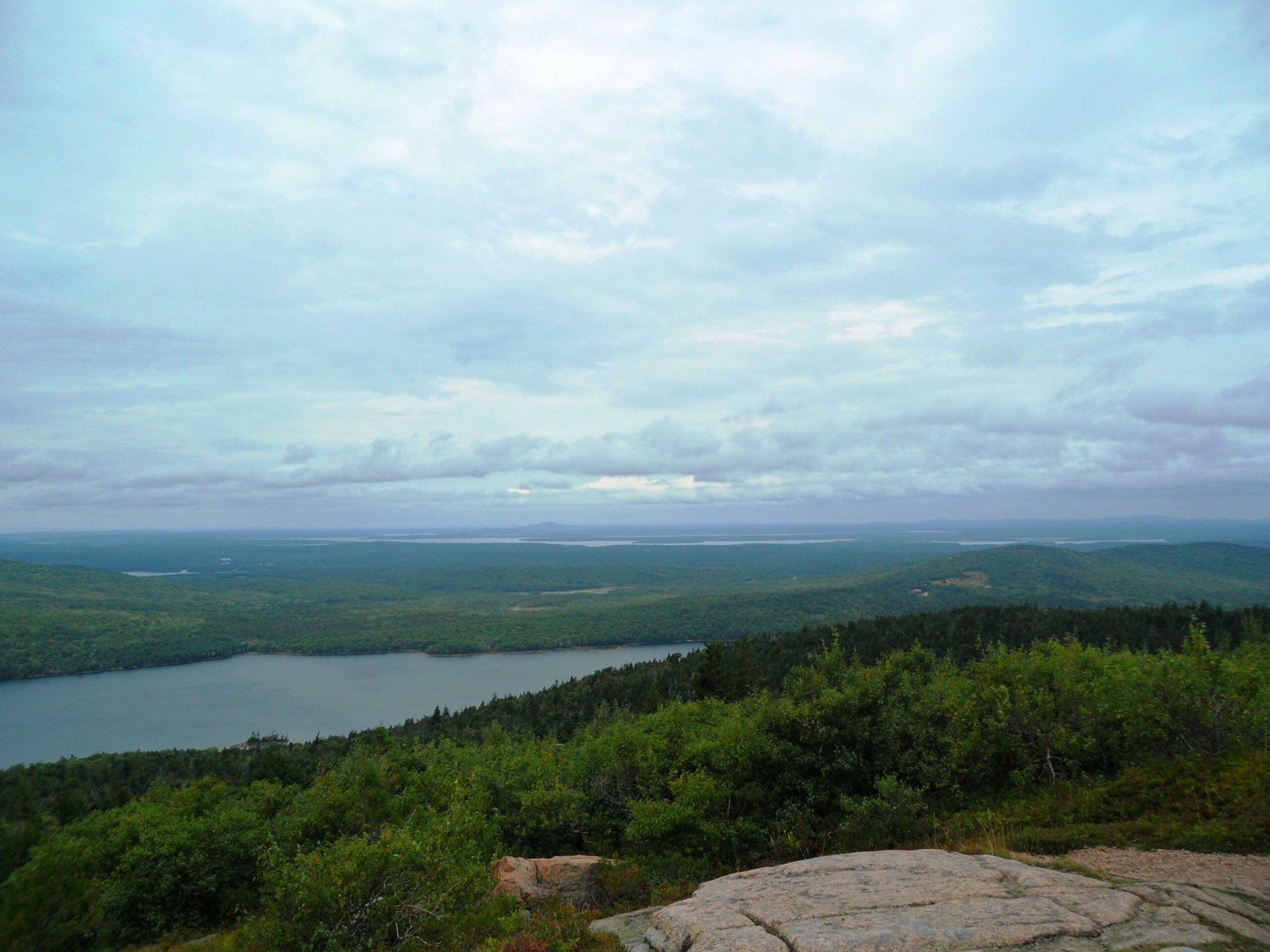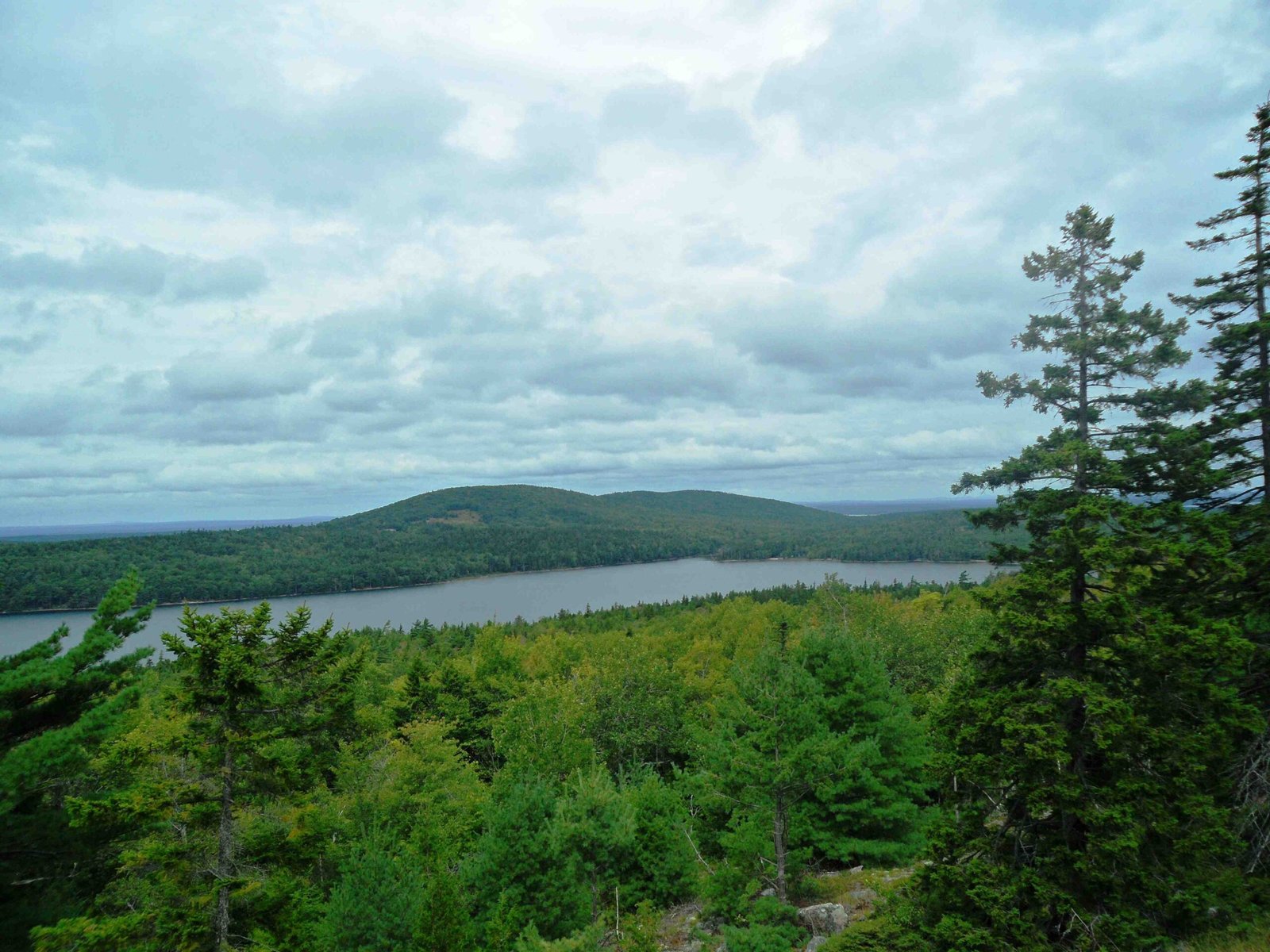Acadia National Park’s Cadillac Mountain is renowned for its glacial derived cliffs, formed by the powerful forces of ice during the last ice age. These cliffs, composed primarily of granite, bear the marks of glacial erosion, including striations and chatter marks. The mountain’s unique geological features offer visitors a glimpse into Earth’s ancient past, while providing breathtaking panoramic views of the surrounding landscape.
What is the Geological History of Cadillac Mountain’s Glacial Derived Cliffs?

The glacial derived cliffs of Cadillac Mountain in Acadia National Park are a testament to the power of ice and time. These cliffs were primarily shaped during the last ice age, approximately 2.5 million to 11,700 years ago, when the Laurentide Ice Sheet covered much of North America.
Key Geological Events:
- Formation of Cadillac Mountain Granite (420 million years ago)
- Laurentide Ice Sheet coverage (2.5 million to 11,700 years ago)
- Glacial retreat and erosion (11,700 years ago to present)
The Laurentide Ice Sheet, which was about a mile thick, moved from north to south, carving and shaping the landscape. As it moved, it created distinctive features that we can still observe today:
- U-shaped valleys
- Glacial striations (deep scratches on rock surfaces)
- Chatter marks (crescent-shaped gouges)
- Glacial erratics (large boulders transported by ice)
The primary rock type found in the cliffs is Cadillac Mountain Granite, a pinkish-gray granite that formed when magma rose through existing rocks about 420 million years ago. This intrusion caused stress and fracturing in the overlying bedrock, contributing to the unique patterns we see in the cliffs today.
How Did Glacial Activity Shape the Cliffs of Cadillac Mountain?

The glacial derived cliffs of Cadillac Mountain owe their current form to the immense power of moving ice. The Laurentide Ice Sheet, as it advanced and retreated, acted like a giant sandpaper, smoothing and polishing the granite surfaces.
Glacial Erosion Processes:
| Process | Description | Result |
|---|---|---|
| Abrasion | Ice-embedded rocks scrape against bedrock | Smooth, polished surfaces |
| Plucking | Freezing and thawing cycles break off rock chunks | Jagged cliff faces |
| Deposition | Melting ice deposits transported materials | Glacial erratics and till |
As the glacier moved, it created the distinctive U-shaped valleys that characterize the area. The weight and movement of the ice also caused fracturing in the bedrock, which, upon the glacier’s retreat, resulted in the cliff formations we see today.
The glacial striations visible on the cliff faces are perhaps the most striking evidence of this glacial activity. These long, parallel scratches indicate the direction of the glacier’s movement and provide valuable information to geologists studying the area’s past.
What Unique Features Can Be Observed in the Glacial Derived Cliffs?
The glacial derived cliffs of Cadillac Mountain offer a wealth of geological features for visitors to observe and study. These features not only provide insight into the area’s geological history but also contribute to its stunning visual appeal.
Notable Geological Features:
-
Glacial Striations: These parallel scratches on the rock surfaces are clear indicators of glacial movement. They run predominantly from north to south, showing the direction of the ice flow.
-
Chatter Marks: These crescent-shaped gouges are formed when rocks embedded in the glacier’s base bounce along the bedrock surface. They often appear in a series, creating a distinctive pattern.
-
Glacial Erratics: Large boulders that were transported by the glacier and deposited as it melted. These can sometimes be found perched precariously on cliff edges.
-
Diabase Dikes: Dark, fine-grained igneous rock that was injected into cracks in the granite. These appear as dark bands cutting through the lighter-colored granite.
-
Exfoliation Domes: Rounded, dome-like structures formed by the expansion of the granite as overlying rock was removed by erosion.
These features combine to create a landscape that is both scientifically fascinating and visually stunning, making the glacial derived cliffs of Cadillac Mountain a must-see for geology enthusiasts and nature lovers alike.
How Do the Cliffs Contribute to Cadillac Mountain’s Ecosystem?
The glacial derived cliffs of Cadillac Mountain play a crucial role in supporting a diverse and unique ecosystem. The varied topography created by glacial activity has resulted in a range of microclimates, each supporting different plant and animal communities.
Ecological Significance:
- Habitat Diversity: The cliffs provide nesting sites for birds, including peregrine falcons.
- Plant Adaptations: Specialized plants have evolved to thrive in the harsh cliff environment.
- Microclimate Creation: The cliffs create sheltered areas that support unique plant communities.
- Water Retention: Cracks and crevices in the cliffs hold water, supporting life in dry periods.
The cliffs also play a role in soil formation. As the granite weathers, it breaks down into minerals that form the basis of the thin, acidic soils characteristic of the area. These soils support the unique plant communities found on and around Cadillac Mountain.
What Are the Best Ways to Experience the Glacial Derived Cliffs?
Visitors to Acadia National Park have several options for experiencing the glacial derived cliffs of Cadillac Mountain. Each offers a unique perspective on these geological wonders.
Recommended Experiences:
- Hiking Trails:
- South Ridge Trail (4 miles round trip, moderate difficulty)
-
North Ridge Trail (4 miles round trip, moderate difficulty)
-
Scenic Drive:
-
Summit Road (3.5 miles, accessible by car)
-
Guided Tours:
- National Park Service ranger-led programs
-
Private geological tours (check with local operators for schedules and prices)
-
Sunrise Viewing:
- From October 7 to March 6, Cadillac Mountain is the first place in the U.S. to see the sunrise
When visiting, it’s important to stay on designated trails to protect the fragile ecosystem and for personal safety. The cliffs can be dangerous, especially in wet or icy conditions.
How Can Visitors Help Preserve the Glacial Derived Cliffs?
Preserving the glacial derived cliffs of Cadillac Mountain is crucial for future generations to enjoy and study. Visitors can play a significant role in this preservation effort.
Preservation Guidelines:
- Stay on marked trails to prevent erosion
- Do not remove rocks or plants from the area
- Avoid climbing on fragile cliff faces
- Pack out all trash and follow Leave No Trace principles
- Report any vandalism or damage to park rangers
By following these guidelines, visitors can help ensure that the glacial derived cliffs of Cadillac Mountain remain a stunning testament to Earth’s geological history for years to come.
The glacial derived cliffs of Cadillac Mountain in Acadia National Park offer a unique window into Earth’s past. From the smooth, striated surfaces to the precariously perched glacial erratics, every feature tells a story of ice, time, and the inexorable forces of nature. As visitors explore these cliffs, they’re not just witnessing beautiful scenery – they’re walking through pages of Earth’s geological history, written in stone over millions of years.
References:
1. https://vmnhpaleontology.wordpress.com/2009/05/10/acadia-national-park-glaciers/
2. https://acadiamagic.com/cadillac-mountain.html
3. https://www.nps.gov/acad/learn/nature/geology.htm

